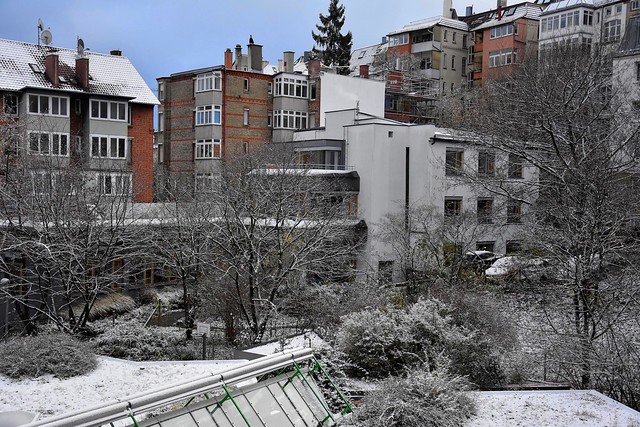Esprever
TPF Noob!
- Joined
- Nov 28, 2017
- Messages
- 4
- Reaction score
- 1
- Can others edit my Photos
- Photos OK to edit
- Thread Starter 🔹
- #16
Hello, first thanks all for your answers.
And don't worry for the technical confusing stuff.
So first for my ISO confusion:
More or less everything I read recently about photography was on techradar (i'm not sure i'm allowed to put the link here). I like pictures a bit of under-expose, and they say:
"Try changing the ISO setting on the camera. Increasing it will make the sensor more sensitive to light, while choosing a lower setting decreases the sensor's sensitivity."
So here it is for my flipidy flop ISO mind stuff.
Also, I wasn't in Auto-mode, but in P-mode. And as I already played with the settings of that mode, I don't get why it didn't change anything. But nvm, that's more a "know-your-camera" problem, it will come with time.
I didn't post any changes on the colours or everything, I more wanted advices on my focus/exposure/technical flippy dwop floppy di flop, than on my modifications
This morning I followed what benhasajeep told me, I tried tha A and S mode and in RAW.
As I'm in school during the week I couldn't really shot, only had a small try with my window view. And I found it already much better.
Tomorrow I'll have more time, I'll learn a bit about that triangle stuff, properly read again your comments, try it again, and we will see.
But I promess, this time I'll only post if it's interesting.
Thanks again for your advices. I'm glad they are not all mesquin.
And don't worry for the technical confusing stuff.
So first for my ISO confusion:
More or less everything I read recently about photography was on techradar (i'm not sure i'm allowed to put the link here). I like pictures a bit of under-expose, and they say:
"Try changing the ISO setting on the camera. Increasing it will make the sensor more sensitive to light, while choosing a lower setting decreases the sensor's sensitivity."
So here it is for my flipidy flop ISO mind stuff.
Also, I wasn't in Auto-mode, but in P-mode. And as I already played with the settings of that mode, I don't get why it didn't change anything. But nvm, that's more a "know-your-camera" problem, it will come with time.
I didn't post any changes on the colours or everything, I more wanted advices on my focus/exposure/technical flippy dwop floppy di flop, than on my modifications
This morning I followed what benhasajeep told me, I tried tha A and S mode and in RAW.
As I'm in school during the week I couldn't really shot, only had a small try with my window view. And I found it already much better.
Tomorrow I'll have more time, I'll learn a bit about that triangle stuff, properly read again your comments, try it again, and we will see.
But I promess, this time I'll only post if it's interesting.
Thanks again for your advices. I'm glad they are not all mesquin.

 Snowgart2
Snowgart2![[No title]](/data/xfmg/thumbnail/40/40290-c6963a3e1b72b7543d1633356ec3fc9c.jpg?1734174703)
![[No title]](/data/xfmg/thumbnail/36/36603-a830ccec573081105d6aafcccc650605.jpg?1734169056)
![[No title]](/data/xfmg/thumbnail/40/40287-4f839095000f74d779b90ed75df9dc62.jpg?1734174702)








